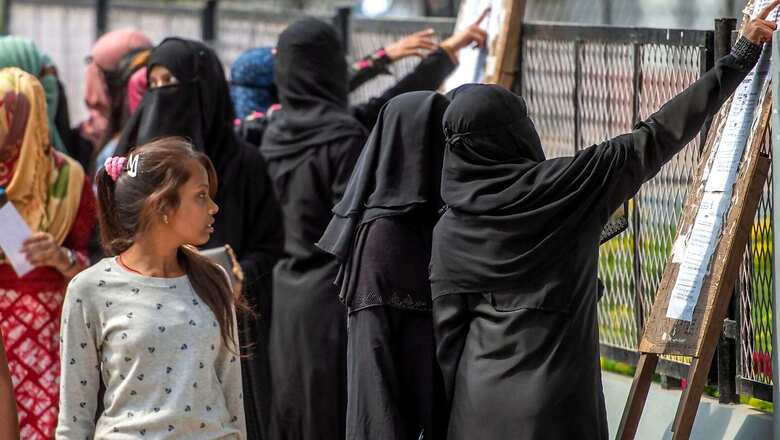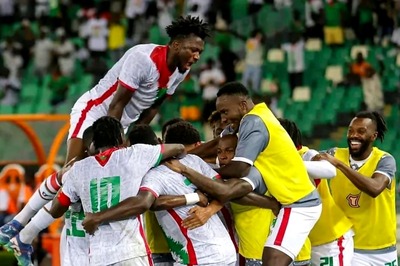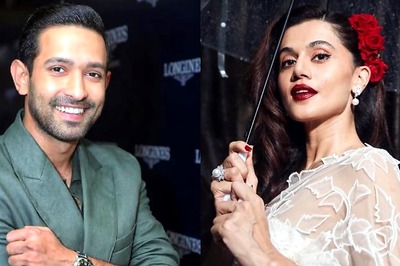
views
The hijab debate in India is a clash of two established norms — the first pertaining to individual religious expression, and the other about the freedom of government-run schools and colleges to frame their own rules. The debate is about institutional autonomy vs religious rights and the two judges of the Supreme Court, who handed a split v`erdict in the matter, gave precedence to one over another, hence differing in their final judgments.
While it’s a split verdict, both the judges on the bench opine that the Essential Religious Practice (ERP) will neither be applicable nor benefit the petitioners in the case. Justice Hemant Gupta emphasised that the Constitution provides no definition for the word ‘religion’ despite it being used in various Articles of Part three of the Constitution that deals with fundamental rights. Justice Gupta, who ruled in favour of the hijab ban in government schools of Karnataka, thus gave precedence to the concept of ‘uniform’ in schools.
It is argued in his judgment that if the state has taken measures in its wisdom for reform and development, it is competent to do so. It said that if a “practice/belief/part of any religion is in existence and is found to be subjected to either social welfare and reform, such right will have to give way to social welfare and reform”. The ban on hijab in classrooms qua regulation of the dress code is termed reformist and hence upheld.
Here is an interesting titbit from the judgment of Justice Gupta. Citing a precedent, it was argued that Quran permits a Muslim man to marry four times but if he doesn’t, the man doesn’t cease to be a Muslim, essentially reiterating that everything prescribed in religion is not an essential religious practice whose non-observance may affect the core beliefs of the follower. (Javed and Others vs State of Haryana, 2003).
Hence, agreeing with the judgment of the Karnataka High Court, Justice Gupta deals with the argument of Essential Religious Practices on merit and concludes that hijab is not part of ERP and can be subjected to reformative measures.
Justice Sudhanshu Dhulia
Let’s come to the judgment rendered by Justice Sudhanshu Dhulia, starting with an excerpt:
“By asking the girls to take off their hijab before they enter the school gates, it is first an invasion on their privacy, then it is an attack on their dignity, and then ultimately it is a denial to them of secular education. These are clearly violative of Article 19(1)(a), Article 21 and Article 25(1) of the Constitution of India.”
Justice Dhulia takes the view that there is no need to venture into the domain of ERP since the issue is merely about individual rights and privacy. In his judgment, he argues that it was a tall order for the petitioners to prove that hijab is part of their Essential Religious Practice and notes that the petitioners are to be partly ‘blamed’ for raising this argument before the court.
Criticising the approach of the high court, the judge says the order of the government or the school management should have been tested on principles of proportionality. The judge does not venture into the domain of ERP as the matter is pending consideration before a nine-judge bench. The argument of Justice Dhulia draws from the principles of dignity and liberty asserted in the Puttaswamy judgment or the privacy judgment of the Supreme Court.
There is a strong appeal made to ensure that girls do not drop out of school. According to him, courts should not be forums for adjudicating theological disputes. It is also asked in the judgment if a Muslim girl wanting to wear a hijab is too much to ask for in a democracy.
The two judges have divergent opinions but seem to have similar advice for the Muslim side — the argument of Essential Religious Practice may not find much merit in law.
REFORM AND ITS DIFFERENT INTERPRETATIONS
Other than the Essential Religious Practices argument, there is another facet which is interpreted differently by the judges: The duty of the welfare state to reform and to educate. Both judges talk about the concept of welfare and reform but take very different approaches.
Justice Gupta believes that a school uniform promotes a sense of oneness and unity, ensuring objectives of social and cultural reforms which are enshrined in the Indian Constitution. Meanwhile, Justice Dhulia is of the view that with the ban, the right to education of girls is affected which should be protected at all costs. He adds that the state must accommodate such beliefs for larger interests.
Justice Gupta notes that if a student is not coming to school because of the ban on hijab in a classroom, it’s a voluntary choice. Justice Dhulia believes that asking Muslim women to remove the hijab before entering a classroom amounts to attack on their dignity.
The hijab debate also throws up questions of minority rights versus the ideals of reform.
The Supreme Court will now have to constitute a larger bench to hear the matter and the petitioners may or may not take the path of Essential Religious Practices before it.
However, the hijab debate has exposed some crucial questions of law and religion that must be answered by the Supreme Court:
• What are the limits to religious expression in state-run schools?
• If schools are secular places, then should all kinds of social or cultural activities be prohibited?
• In a country like India, is it possible to draw a sharp distinction between what’s religious and what’s cultural?
• what shall be limits of religious expression?
• Can regressive practises be shunned by government in this way through notifications?
• Can there be a conclusive exhaustive definition of ‘Essential Religious Practice’?
CONCLUSION
Whatever the court decides in the hijab matter will have far-reaching consequences, not just for religious expression and minority rights but for various other debates pending in the Supreme Court.
Read all the Latest News India and Breaking News here


















Comments
0 comment